Burundi coup bid: Groups seek Bujumbura control
Rival groups of soldiers in Burundi are vying for control of the capital Bujumbura amid confusion over the success of an attempted coup.
There is heavy fighting at the state TV building, where radio broadcasts have now gone off air.
One source said soldiers loyal to President Pierre Nkurunziza controlled key areas, including the airport. Coup leaders insist they remain in charge.
Few of us care at all what happens in some place called Burundi, which might as well be on the moon. But if it is another skirmish in Eastern Africa’s Nilotic vs. Bantu conflict that has been so important in East Africa for so many years, it’s worth some attention, maybe.
Surprisingly to myself, given my total lack of connection to the region, I developed an interest in East African affairs in one sense. When I was in university I became fascinated by the little-understood ethnocultural fault line there, and studied it a little bit. It seems to determine so much of the politics of the region and is a kind of long-running “clash of civilizations,” we might call it, between Nilotics and Bantus. All the countries in the region are affected. Burundi is just a flashpoint.
Nilotics
are tall, with long limbs and very dark skin. If “adjusting for nutrition” they are probably the world’s tallest, I’ve read. Physically, they look like ideal marathon runners, and they are. Manute Bol was a Nilotic from Sudan brought to the USA to play center in the NBA (7’7″ but his playing weight was only 200 pounds!). Obama’s father was from a Nilotic tribe in Kenya (that ancestry would explain why Obama appears as little more than a lanky stick figure when drawn in caricature). Nilotics were thought to originate in the upper Nile River area, hence their name. (The Tutsis of Rwanda and Burundi are Nilotics. Their Bantu rivals are the Hutus.)Here is a picture of Rwandan president Paul Kagame (Nilotic) with Michelle (West African ancestry, close to the Bantus) and Barack Obama (half-Nilotic, half Northern European by ancestry). The ethnic difference is obvious between Kagame and Michelle.
According to the CIA Factbook, Burundi is 85% Bantu (Hutu) and 14% Nilotic (Tutsi). Burundi was long dominated by the Tutsis, but after the civil war of the 1990s and 2000s the Bantus (Hutus) took over partial political control.
I don’t really know upon what dynamics this centuries-running conflict really turns. The Nilotic Tutsis are in a superior position in most ways; Wealthier, more educated, more Westernized, and better able to govern a state. I am amazed at the difference in economic growth since the end of the civil wars in the early 2000s. Rwanda, Tutsi-controlled, has taken off. Burundi, with substantial Hutu control now, has limped along. Rwanda’s economy is now perhaps three times as big, despite starting from parity in the mid 1970s and despite the shock of Rwanda’s much bigger civil war losses.
I recall once reading an excerpt from Obama’s autobiography in which he relates some of his (Nilotic) relatives in Kenya talking about this tribe and that tribe and their different characteristics — some good, some bad. Obama, at the time a “[Black] Community Organizer” in Chicago, seems to have been puzzled that all Blacks in Africa were not defiantly united on the basis of race with a collective clenched fist raised in the air directed towards Europe and the USA (or something). Obama passes over his relatives’ strong ethnic remarks with mild mockery.
___________________
T
he BBC writes that “so far […] these historic ethnic tensions do not appear to have been a factor in the coup attempt.” The army is a very Tutsi (Nilotic) institution in Burundi, it seems, and still today by law it is 50% Tutsi and 50% Hutu (Bantu) (Despite a 85% Bantu majority). The president is a former Hutu rebel militia leader. The man being reported as the coup leader is Major General Godefroid Niyombare, also a Hutu.
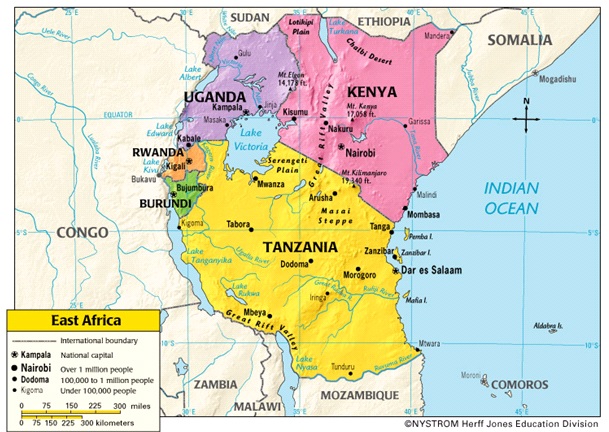
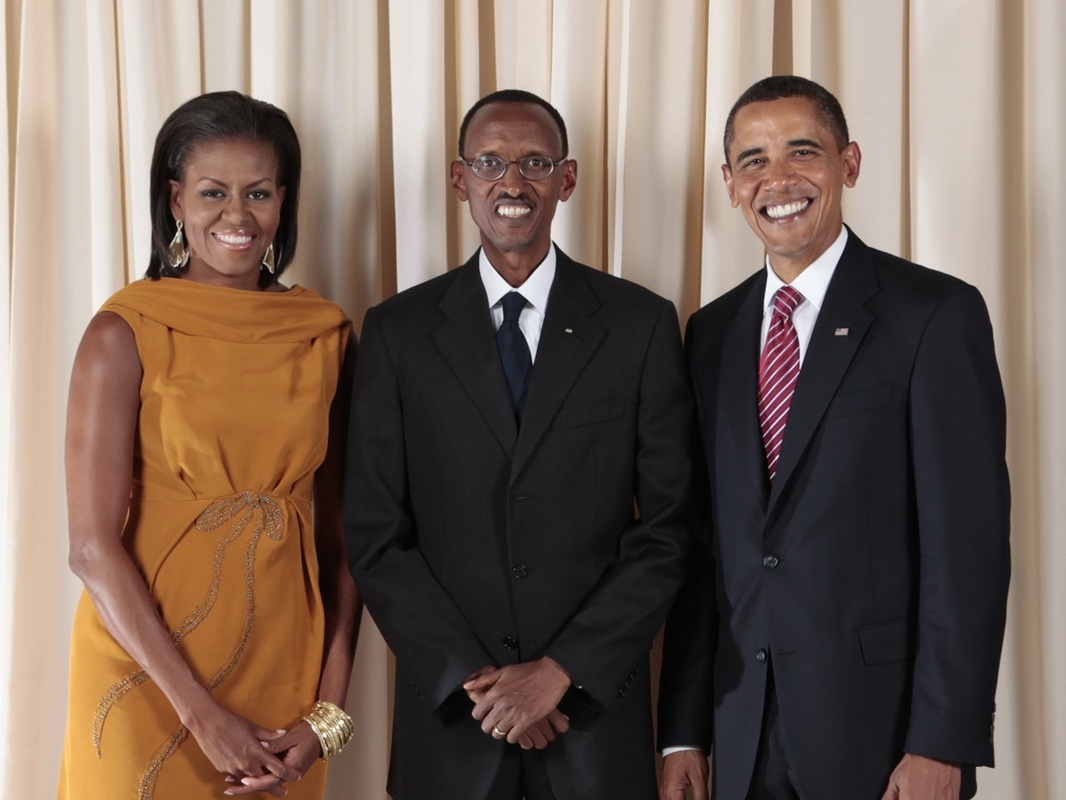
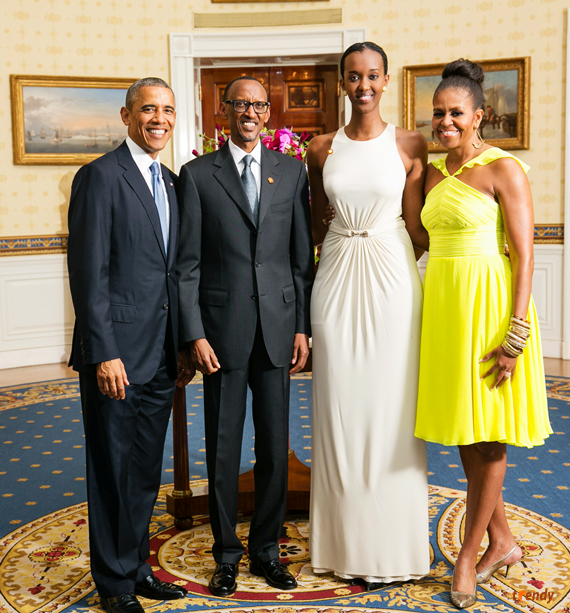
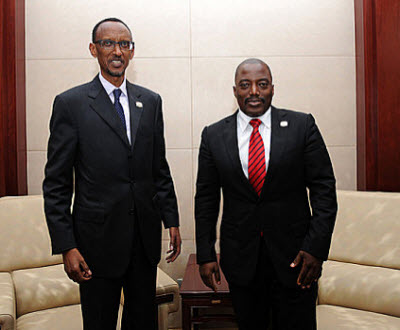
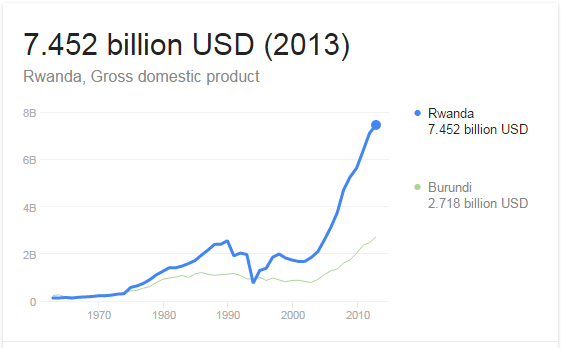
So according to your twisted logic Rwanda growth since 1997 is the proof that nilotics are superior to bantus?If these nilotics are so civilised why did they adopt the language and the culture of uncivilised people?Why don’t you compare Rwanda to Botswana,gabon,namibia,kenya,equatorial guinea,etc…..?Didn’t these same nilotics rule Rwanda and Burundi before?What did they achieve?Why don’t talk about the massive foreing aids that Rwanda receive from usa,uk……….?Should I remind you that tutsis have never created a single state in their entire existence?Their cousins Masais are still living as tutsis would be living had they not be lucky to mingle with bantus.